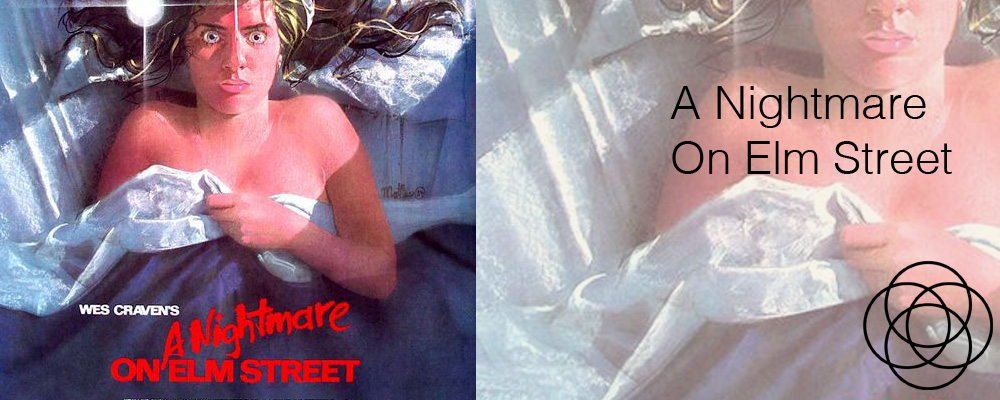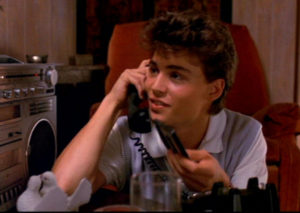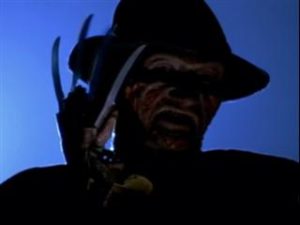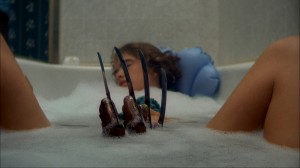“What does the nightmare in A Nightmare on Elm Street mean?” asked Steve and Abbey, presenters of the PowerPack breakfast show where I interpret callers’ dreams.
I’m a movie lover, but horror is not my genre, and it took a few arm twists before I agreed to download it so I could answer the question.
“Don’t watch it alone,” Abbey warned, “I wouldn’t.”
So I watched it with my husband, Michael, and son, Euan, and right from the start we giggled with relief. Thirty-one years on, the movie was interestingly benign from a horror point of view. Maybe it was the acting style, maybe it’s the sophistication of today’s persuasive movie techniques, or maybe I’ve just listened to so many nightmares during my twenty-plus years as a dream analyst that it didn’t engage my horror buttons.
Our first exciting moment came when Euan said, “Is that Johnny Depp?” and we realised we were watching Johnny Depp in his first major movie role, aged 21 but looking about 14. As Nancy’s boyfriend in the movie, he came to a very sticky end. Or did he?
How much of the movie is about a dream?
When Nancy wakes from a nightmare, is she really awake or has she slipped into a dream within a dream? Is she awake at the beginning of the movie? Is she awake when she goes back to school the morning after the first death? Is she awake when she visits the sleep laboratory? If you’ve seen the movie, how did you feel in the penultimate scene where she steps into the dazzling bright morning light, and walks towards the car? Was she awake then?
Written and directed by Wes Craven, A Nightmare on Elm Street is a slasher movie, slasher being a horror sub-genre. I’m glad I didn’t know that going in. Craven named the villain, Freddy Krueger, after Fred Krueger, the boy who bullied him during his adolescent years, so it’s interesting that Nancy and her friends are all adolescents who live in fear of Krueger and what he’ll do to them.
The movie is celebrated as one of the first to intelligently explore the boundaries between illusion and reality – and between dreaming and waking life – by manipulating and confusing the audience. Craven’s original ending (spoiler alert) was for Nancy to kill Krueger by ceasing to give him her energy and time, and then to wake up and realise it had all been one long nightmare, but the studio, New Line Cinema, asked for a twist ending. Both endings were filmed, and the movie was released with the twist ending where the whole plot is a dream within a dream within a dream, with no awakening. Craven pulled out of the proposed A Nightmare on Elm Street sequel over the twist ending.
In the movie, Nancy and her friends all dream the same dream. Two of the friends die during their sleep, slashed to pieces by their nightmare ghoul, Freddy Krueger. Nancy and her boyfriend realise the same fate awaits them, so they try to stay awake for days, and days. This idea was inspired by several newspaper articles Craven had seen about Khmer refugees fleeing the Cambodian Khmer Rouge genocides who were so frightened by their nightmares that they tried to stay awake. Several died in their sleep when exhaustion prevailed.
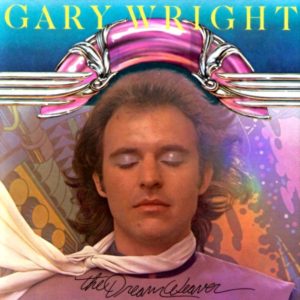
Craven was also inspired by Dream Weaver, by Gary Wright, which explored the way we each dream up our experiences.
Craven was also inspired by the 1970s song, Dream Weaver, by Gary Wright, which essentially explored our differing perceptions of the world, our illusions about reality, the way we each dream up our worlds and our experiences.
So on one level the film explores illusion and reality, while on another it runs past some sleep theories. Nancy is taken to a sleep laboratory where we learn a little about REM sleep and dreaming – only to realise, of course, that this episode is a dream. We learn about how staying awake for days is fatally detrimental. Severe sleep deprivation kills. And we learn about false awakenings, the dream in which you dream that you wake up but you continue in the dream.
Let’s get back to the original question:
“What does the nightmare in A Nightmare on Elm Street mean?”
In the movie, Freddy Krueger was a real life child murderer who escaped jail due to a paperwork error. The parents killed him to keep the neighbourhood safe, but his ghost returned to take revenge on their children by killing them in their sleep.
It’s helpful to look at everyone and everything in a dream as reflecting something about the dreamer’s conscious and unconscious feelings and beliefs. Freddy Krueger represents danger and risk, and the more we try to sanitise life and play safe, the more these energies are called into being. In Craven’s original ending, Nancy wakes from her dream once she confronts Krueger then withdraws her attention and energy from him. In life, when we face our fears, understand them, deal with them, then withdraw our focus and energy from them, they disappear. In this context, the nightmare is about facing – or not facing – fears about danger, risk, and safety.
The other strong thread in the movie is adolescent promiscuity (remember, this is the early 80s), and loss of innocence. In the nightmare, teenage promiscuity leads to slashing, mutilation, destruction, death. No matter how much parents try to protect their adolescent children, the teenagers naturally explore their sexuality, and the results – loss of innocence, guilt, emotional trauma, an end to childhood – are reflected in such nightmares. In Craven’s original script, Krueger was a child molester, not a child murderer, which is telling. As a dream analyst, I notice how common it is for young teenagers to experience violent dreams as they encounter the conflicts of leaving childhood behind and growing into independence.
Finally, for Craven, perhaps the movie is an unconscious working of the bullying he experienced as an adolescent. Bullying continues to cause pain well beyond school years – it can haunt an individual for a lifetime unless it’s confronted and addressed. Maybe Craven did just that, via Nancy.
Have you seen the movie? What did you make of it?

